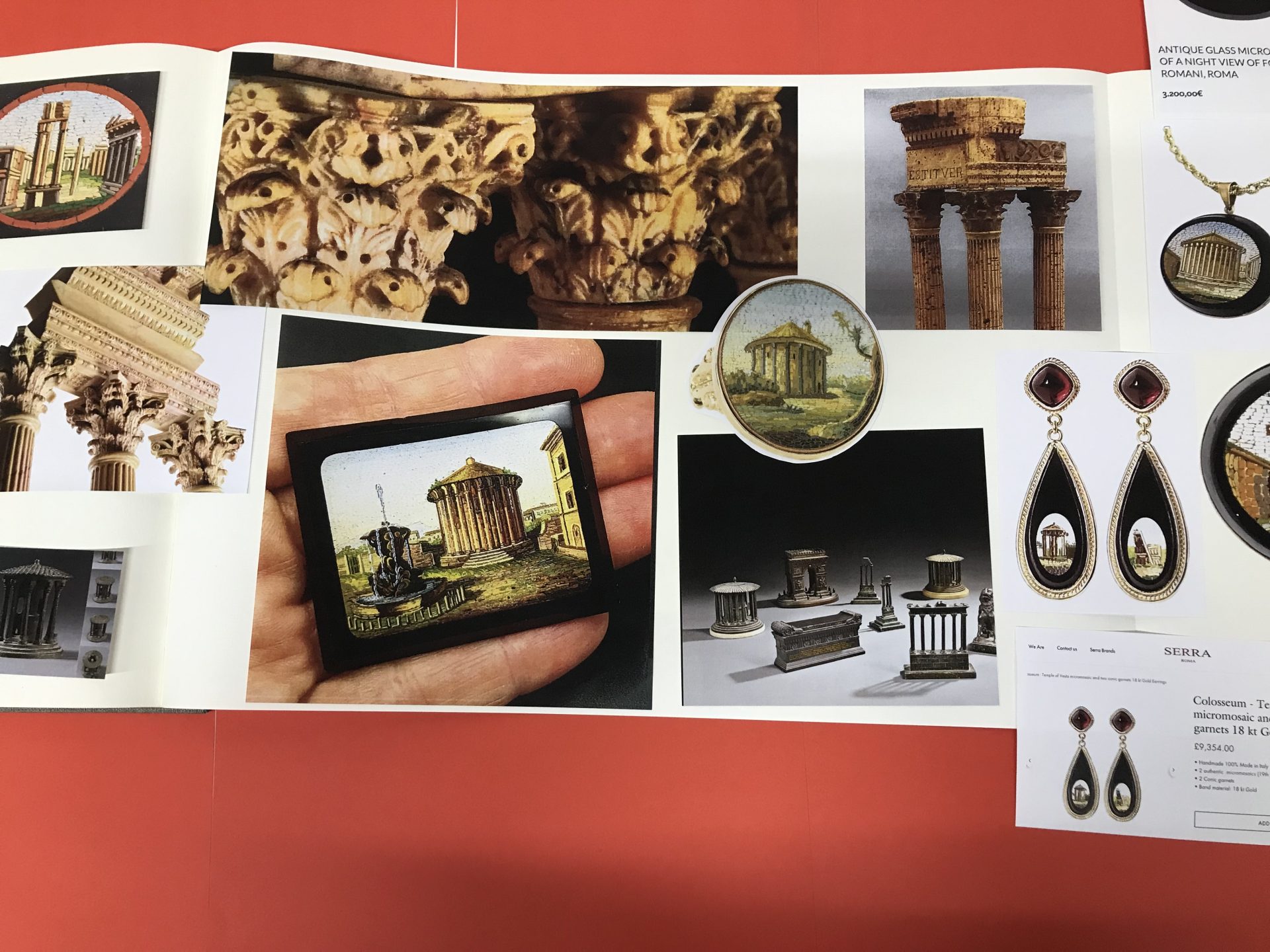At the centre of the exhibition is the film FOSSIL, shot on 16mm film, commissioned by the Royal Academy, London as part of their project to draw attention to the historical role of drawing at the RA Schools and was originally exhibited in the Royal Academy Weston Studios in 2019. The film explores the RA’s extraordinary collection of historic architectural casts, copies of antique columns, capitals and friezes, once central to the teaching of architecture but which had since been hidden behind temporary studio walls for 50 years.
The central section of the film records the revealing of the casts and their demounting. Because of the ungainliness and fragility of the casts, their removal was undertaken by hand, using webbing, ropes, pulleys and physical force, in much the same way that they were installed in the mid 19th century. Using in-camera editing techniques to emphasise the precariousness and drama of this event, the film records the struggle to remove the casts.
Although the entire film was shot in black and white, the action is interrupted by intensely coloured sequences in which optically printed negative film is vividly tinted by colour gels that move back and forth in front of the projector on a handmade motorized mechanism. In these sequences of intense, close-up images the casts are reimagined as the subject of one of Jean Painlevé’s eerie underwater films of crustaceans, molluscs and seahorses, or as the encrusted shipwrecks in Jacques Cousteau’s early film, Silent World. Or even, as ancient life forms, now fossilised, that have in some way been slowly secreted from the walls of the RA Schools Studios.
Accompanying the film is a very large album or scrapbook containing a selection, around 500 in all, of the hundreds of reproduction images the artists have collected over the last four years as they researched the ideas central to this project: the architectural cast and its role in the education of architects; architecture in motion; the architectural souvenir; the guidebook tradition; measuring ancient architectural ruins; the copy and its role in the dissemination of ideas and values.
The album features multiple fold-out pages that reveal image sequences of up to 3 metres in width. The images on these fold-out spreads range from late 18th/early 19th century guidebook title pages and illustrations, early tourist maps printed in the guidebooks, prints, drawings, magic lantern slides, measured drawings, illustrations from souvenir books, micro mosaic jewellery, stereoscopic images, photographs and negatives. The album includes multiple images of the two ruins at the centre of the film – The Temple of Castor and Pollux and the Round Temple at Tiber (Temple of Hercules Victor) – and is built around images held in the Archive and Library of the British School at Rome. The two sites recur, under various names, again and again in numerous reproductions, re-renderings and caprices – some accurate, some fantastical.
Graham Ellard and Stephen Johnstone have worked collaboratively since 1993, and since 2007 exclusively in 16mm film. Often combined with archive material, drawings, models and studio recreations, their recent films have become increasingly concerned with the hand, the physical manipulation of materials and the activities of ‘making’.
At the centre of their films is a concern with the altered forms of attention, and the resulting intensity of looking, that comes from using a lens to frame and magnify details and capture fleeting atmospheric effects. Their resolutely analogue form of film making revels in close cropped details, the immersive experience of watching someone absorbed in an action or a narrative, and the hand-held camera’s ‘examination’ of an object, a space or an activity.
Their work has been shown in galleries and museums internationally, including Royal Academy of Arts, London; London International Film Festival; Guggenheim New York; Anthology Film Archives, New York; Image Forum, Tokyo; MAXXI, Rome; Tate Britain; Stroom Den Hague; Triennale Design Museum Milan; Centre Georges Pompidou, Paris.












